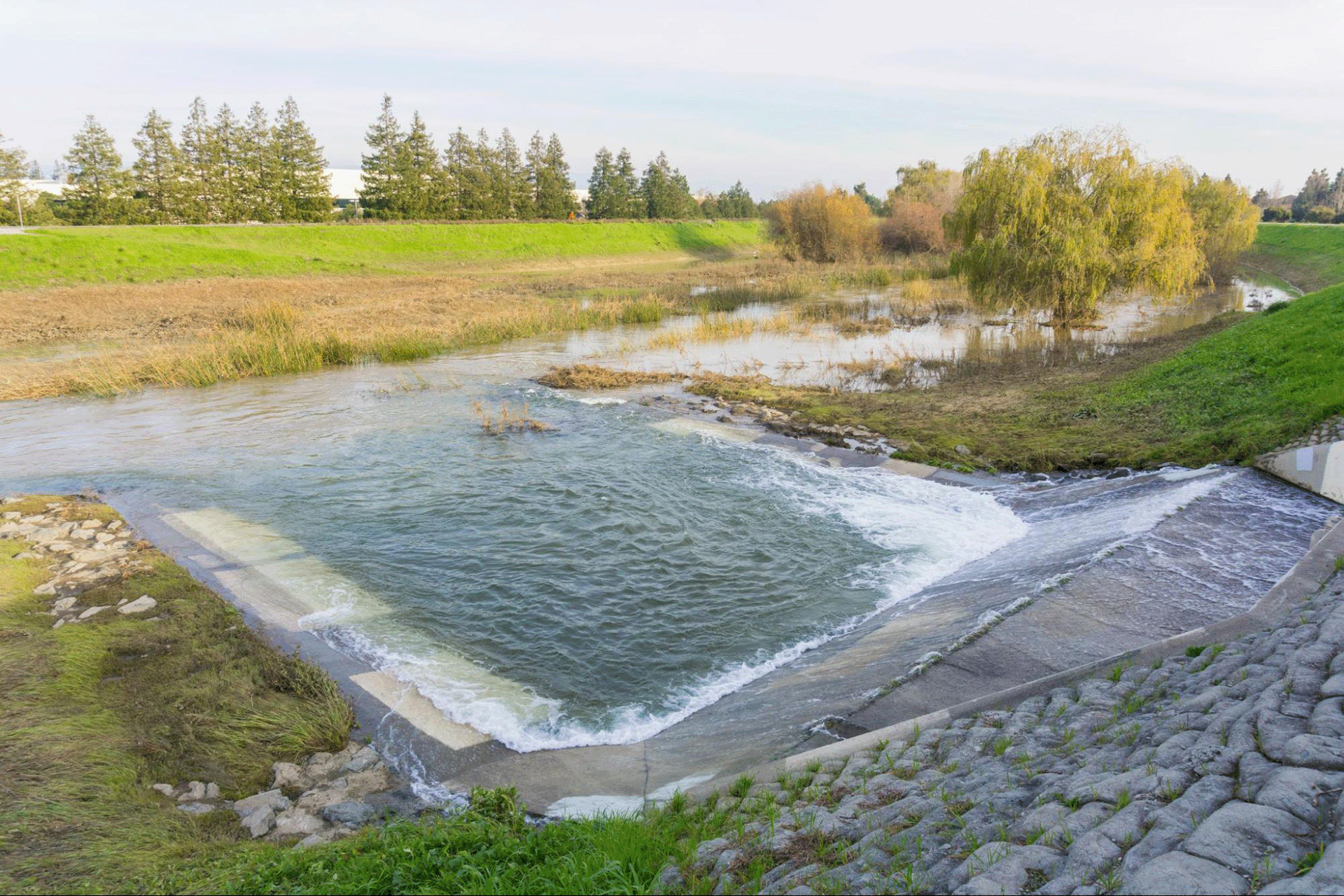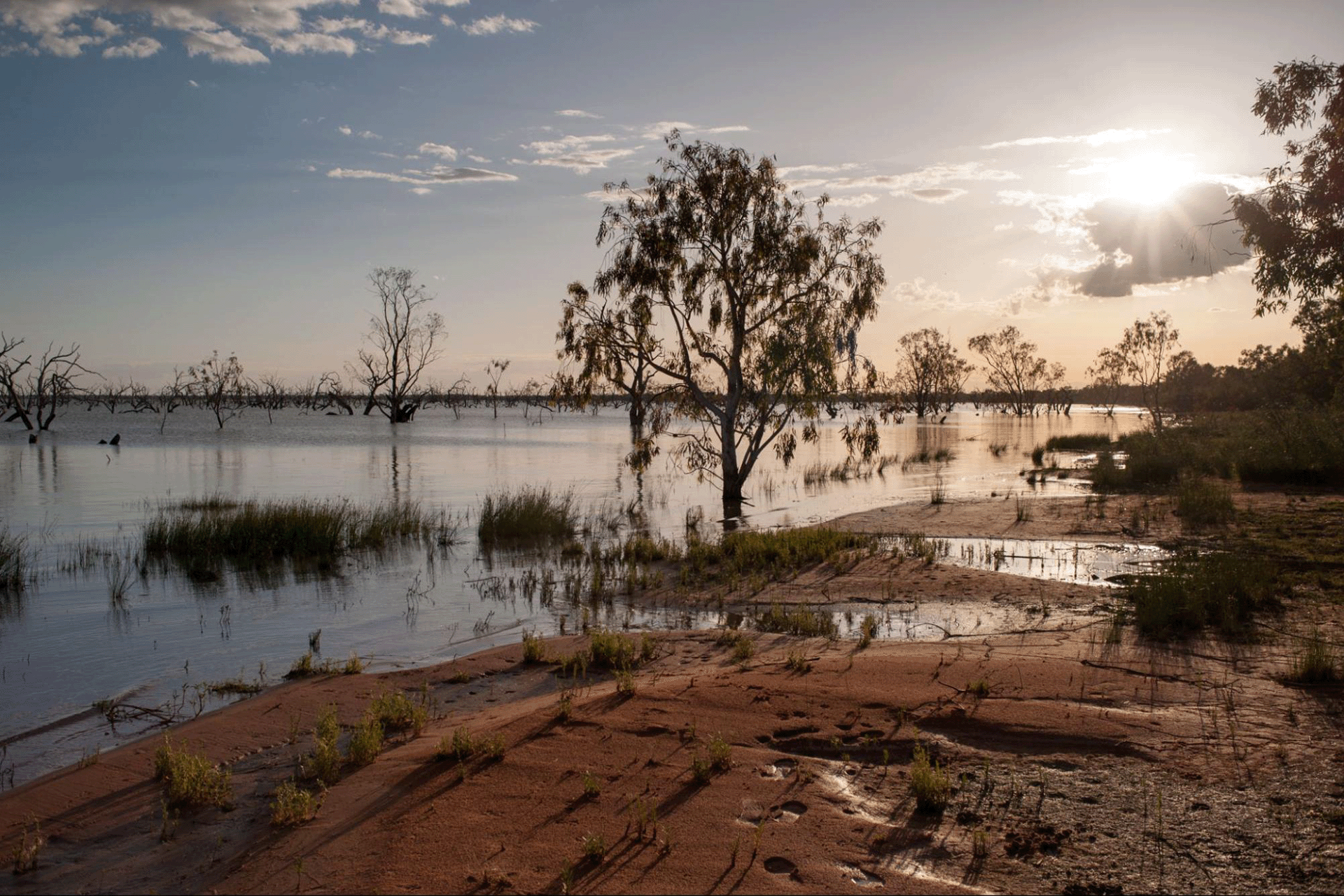Summary
Groundwater sampling involves collecting water samples from monitoring wells, bores or piezometers to assess quality, levels and contaminants. It supports environmental professionals, developers and regulators in Australia by providing data for compliance, remediation validation and site assessment.
Definition
Groundwater sampling is the systematic collection of groundwater at defined locations and intervals to obtain representative data on water levels and chemistry, used to characterise the aquifer, contamination conditions, and inform risk-based decisions.
Why It Matters
Groundwater sampling plays a pivotal role in environmental consulting, land remediation and compliance workflows in Australia:
- Data integrity for decision-making: Good sampling underpins accurate assessment of groundwater conditions, which is essential for remediation, land redevelopment, industrial operations and compliance monitoring. Regulatory guidelines emphasise that poor sample technique or bore construction can skew results.
- Contamination risk management: On sites with potential groundwater contamination (e.g., from fuel storage, industrial legacy, landfills), sampling provides evidence of pollutant presence, migration, attenuation or remediation progress.
- Regulatory compliance & approvals: Many development approvals, remediation strategies and environmental licences require groundwater monitoring as a condition. For example, state regulators reference groundwater sampling as part of their monitoring programs.
- Baseline and validation: Establishing groundwater quality and levels prior to works provides a baseline; periodic or long-term sampling supports validation of remediation, earthworks, dewatering impacts or fill reuse.
When It’s Required
Typical triggers
- Contaminated site investigations: When an ESA (Environmental Site Assessment) or DSI (Detailed Site Investigation) identifies potential groundwater impacts, a sampling programme is required to characterise the plume.
- Redevelopment or earthworks with dewatering: Projects involving basement construction, excavation below the water table or fill placement may trigger groundwater sampling to monitor draw-down or contaminant mobilisation.
- Remediation programs: After remediation of soil or groundwater, sampling verifies that objectives are met and that residual risk is acceptable.
- Licence or approval conditions: Environmental authorities often include monitoring wells and sampling schedules in licensing or planning consents; the state regulator’s guideline for “Groundwater Sampling” outlines sampling as part of monitoring plan development.
- Water use or abstraction changes: When groundwater is used for drinking, irrigation or industrial supply, sampling may be required under frameworks such as the Guidelines for Groundwater Quality Protection in Australia.
Regulatory & methodological context
Effective groundwater sampling must follow site-specific design and national/state methodologies. For example:
- The document Publication 669 / 669.1 by Environment Protection Authority Victoria provides detail on preparation, bore development and sample collection.
- Sampling must yield representative samples and avoid artefacts from drilling, well purging or bore construction.
- A risk-based monitoring design is emphasised in the draft National Minimum Groundwater Monitoring Guidelines.
How We Can Help
At Nova Group Pacific, we deliver comprehensive groundwater sampling and monitoring services integrated into our broader environmental consulting and remediation offerings. Our services include:
- Designing and implementing groundwater sampling programs tailored to your site, aligned with regulatory guidelines and project objectives.
- Installation oversight of monitoring wells, purging and sample collection to industry best practice.
- Laboratory coordination, QA/QC, interpretation of water-level and chemistry trends and reporting to meet regulator or client requirements.
- Integration with related services such as contaminated land investigations, groundwater monitoring wells, remediation action plans and compliance programs.
Groundwater sampling is not simply a field task: it’s a foundation of accurate environmental assessment, remediation validation and regulatory compliance. With careful design, execution and interpretation, you secure data that drives informed decisions, reduces risk and supports project success. Contact our team today to ensure your groundwater sampling is scientifically sound, defensible, and supports your compliance and project goals.
Related Terms and Concepts
- Groundwater Monitoring Wells – the network of wells used to collect groundwater samples, critical for reliable sampling.
- Environmental Site Assessment (ESA) – the process that frequently triggers the need for groundwater sampling when contamination is suspected.
- Remediation Action Plan (RAP) – often includes groundwater sampling as part of validation and verification of remediation success.
- Soil & Waste Classification – excavation works may mobilise groundwater contaminants which must be monitored before reuse or disposal of soils.
- Geotechnical Investigation – subsurface investigations may intersect groundwater, making sampling relevant for integrated earthworks, remediation and development projects.

 Get Your Free Site Assessment
Get Your Free Site Assessment









 Get Your Free Site Assessment
Get Your Free Site Assessment









.png)







